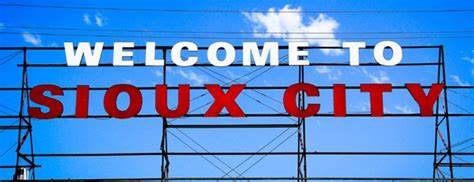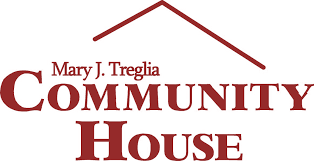Founded in 1921 the Mary Treglia Community House has been essential and valuable resource for immigrants and refugees arriving in Siouxland. Who was she? Mary Treglia was born and raised in Sioux city, but her
Founded in 1921 the Mary Treglia Community House has been essential and valuable resource for immigrants and refugees arriving in Siouxland.


Who was she?
Mary Treglia was born and raised in Sioux city, but her parents immigrated here from Italy. She began as a volunteer at the community house in 1922. Four years later, in 1926, she was named director, and maintained that role up until her death in 1959. Recognizing there was a need for community support amidst immigrants in Siouxland, Mary knew it was imperative these families were provided materials and necessities to acquire citizenship, learn English and become a vital and valuable part of society. Even more, they needed a safe haven.
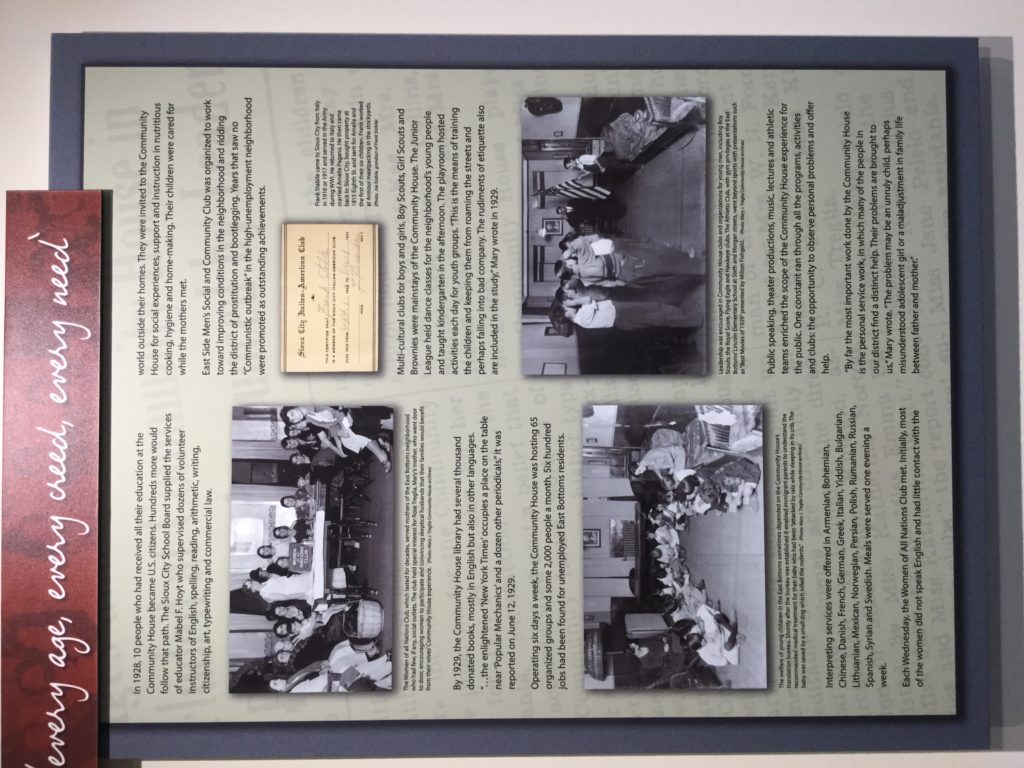
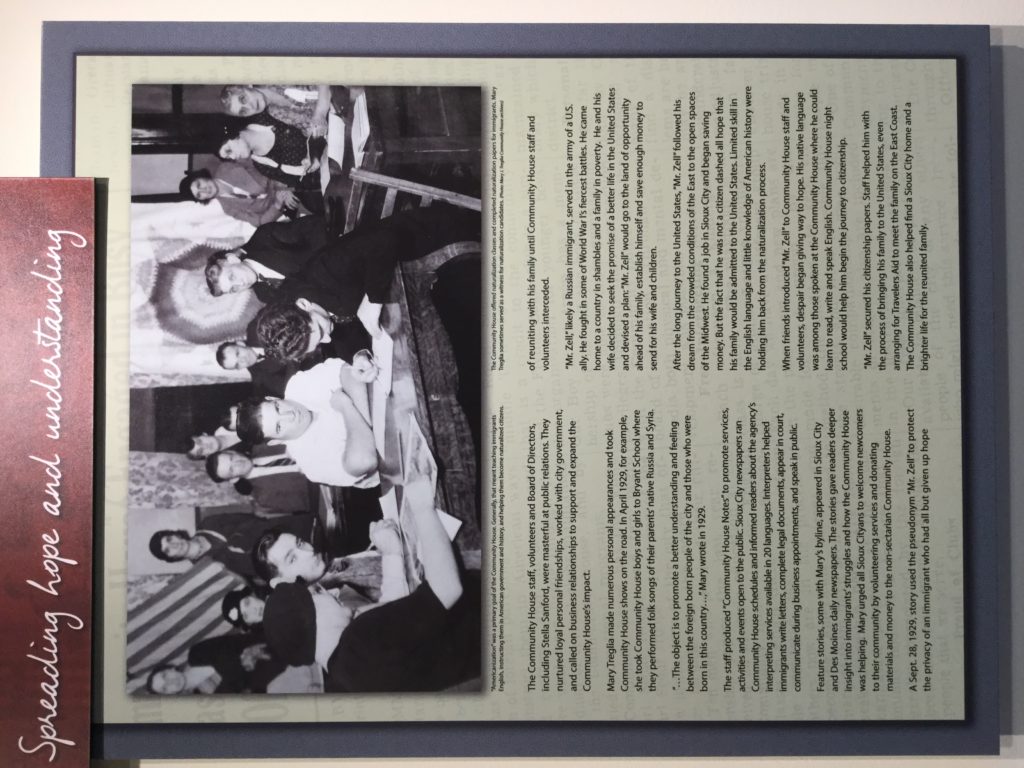
At one point, there were 250 people showing up to the house every day! Mary wanted everyone to have access to public speaking, improving specific skill sets and even recreation activities.
East Bottoms
In fact, in 1921, there were 21 different nationalities amongst Sioux City immigrants, with 18 percent of Woodbury County residents being foreign born. Furthermore, many of these immigrants resided in what was commonly and unflatteringly referred to as the “East Bottoms”. This neighborhood was the most diverse in all of Siouxland. It included families from Russia, Italy, Poland, Greece, Mexico, Lithuania, Bulgaria and Sweden.
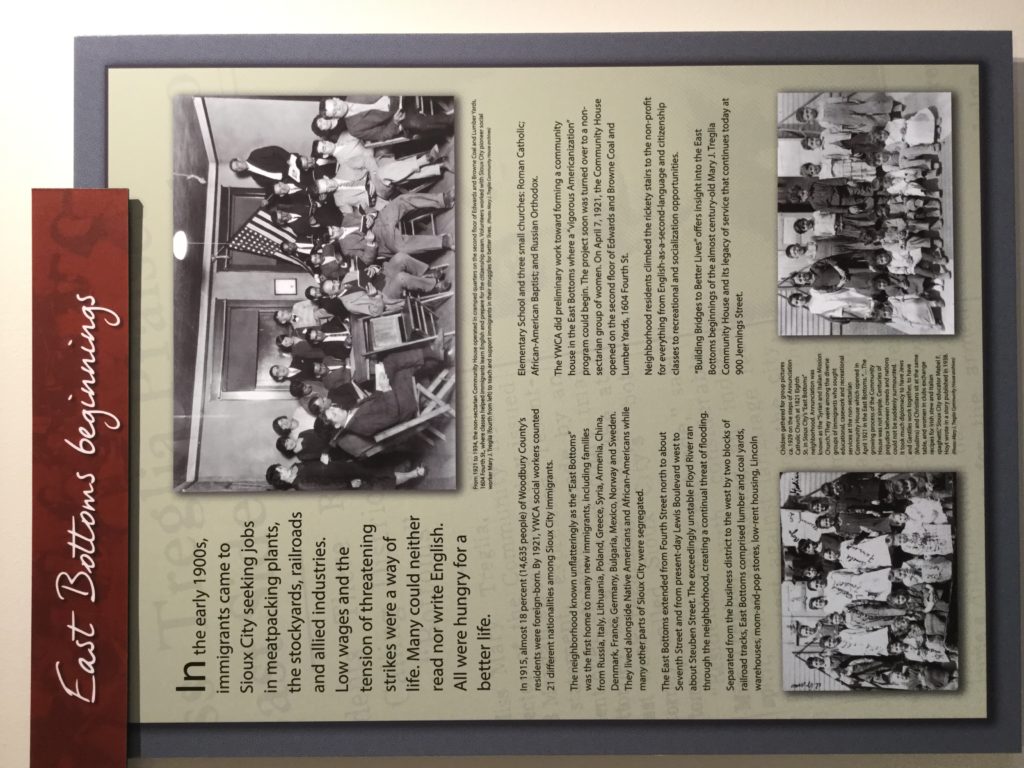
Within this neighborhood were lumber and coal yards, warehouses, mom-and-pop shops and low-income housing. It was considered the most undesirable neighborhood in all of Sioux City.
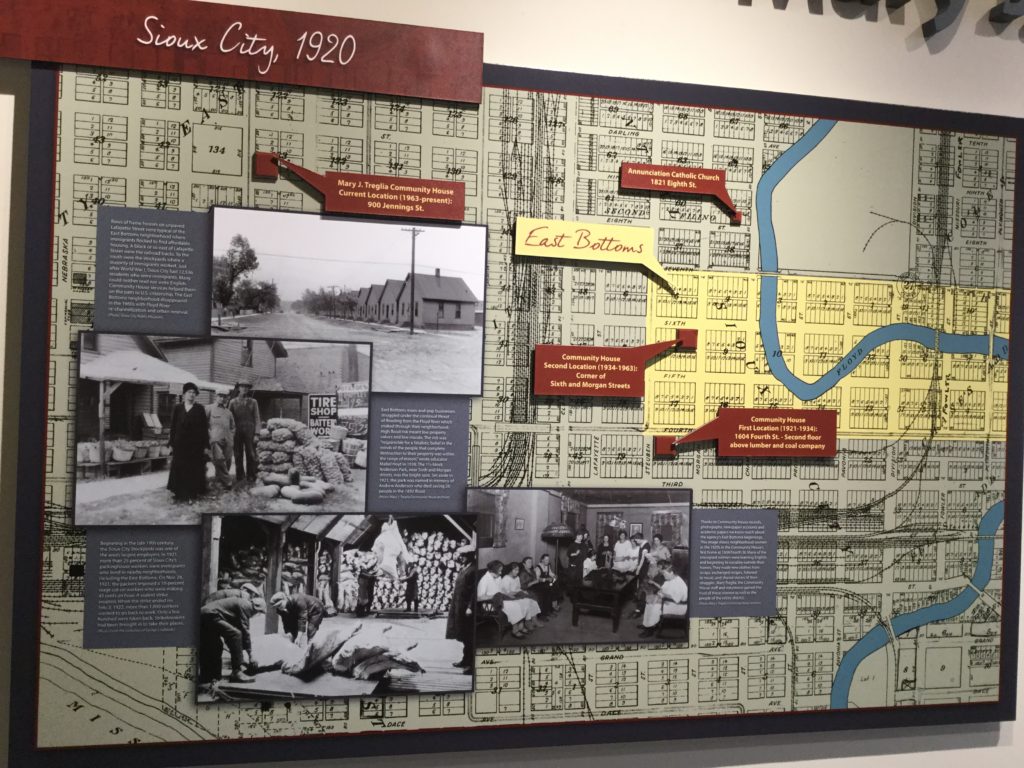
This urged Mary to encourage local residents to welcome newcomers. Everyone, no matter their history or background has something to offer, to teach and to learn.
Why it’s important to me
Actually, my fiancé and his family immigrated here from Mexico over 30 years ago. They took ESL classes at the Mary Treglia Community House and met with lawyers regarding green cards, work visas and citizenship paperwork. So, this post is close to my heart. Furthermore, I wanted to visit the place where my future husband first became integrated into American culture.
My initial visit
Surprisingly, I first heard about this house about a year ago when I was doing research on places to visit in Sioux City. Making my first visit this week, I felt nervous since I’m not an immigrant, and would I be out of place walking in asking for a tour? On the contrary, I was greeted as soon as I walked through the door.
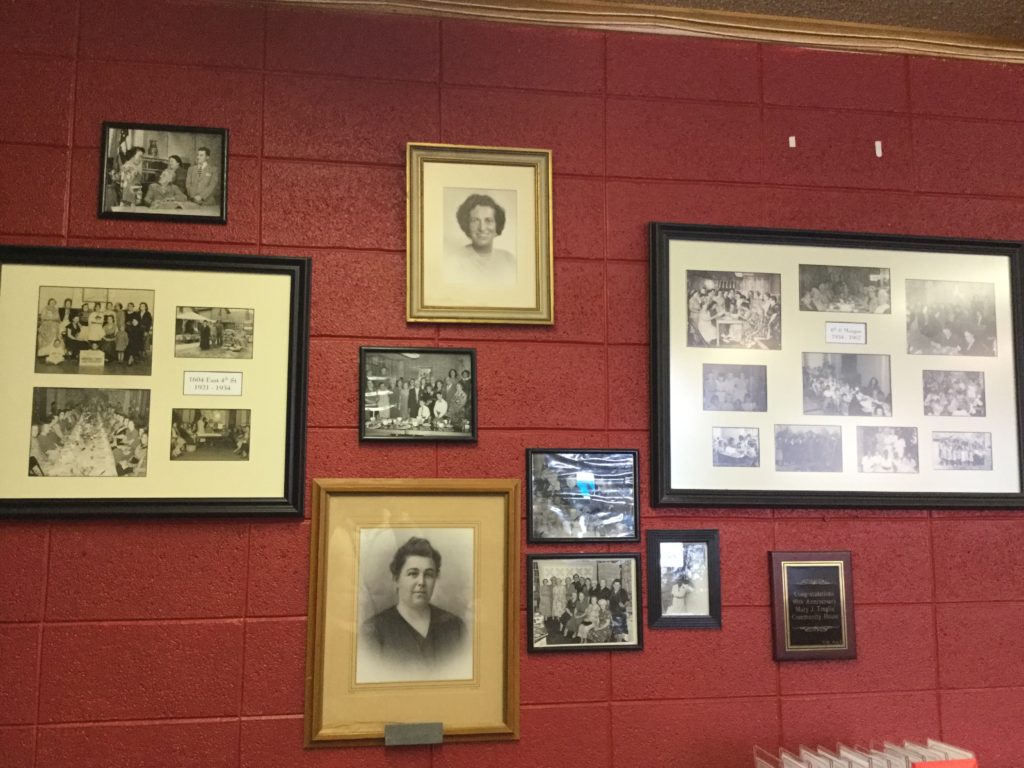
It was 2:30 in the afternoon, and I was worried I would be interrupting a class or meeting, but Tony, without delay, stood up from his desk and introduced himself. “I am now your tour guide”, and proceeded to show me around. I felt very welcomed. It truly feels like a community inside.
I learned Tony’s parents immigrated here from Mexico. After first volunteering at the community house, he enjoyed it so much he accepted their offer for a full-time job. He assists with answering general questions, and directs new residents to the proper avenues, where they can get help navigating legal channels.
What all happens here?
The community house employs lawyers, social workers, teachers and interpreters. There’s a daycare, kitchen, gymnasium, community garden, ESL classes, along with cooking and sewing classes; not to mention yoga classes.
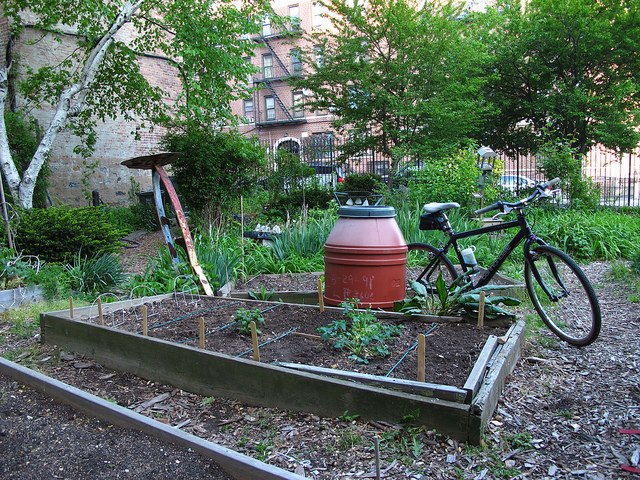
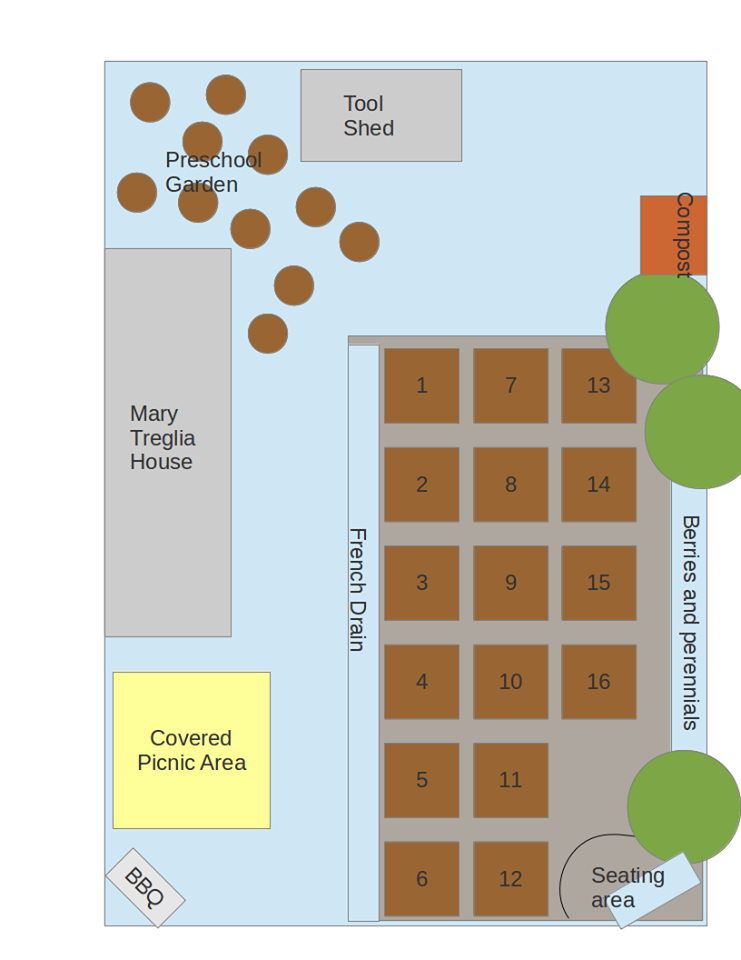
The gymnasium has been used for multiple purposes, such as social events, ceremonies and shows. For example, Vietnamese families have gatherings here, and Ethiopians practice their prayer sessions.
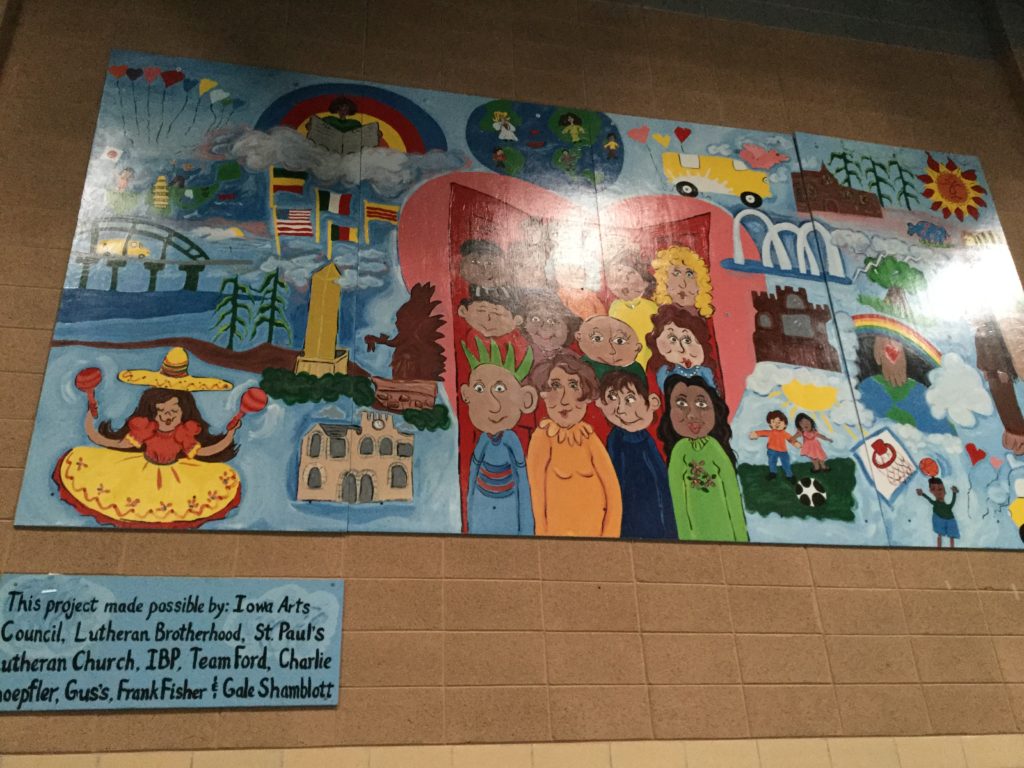
Volunteers are welcome to come in and teach something in which they are an expert. If you specialize in woodworking, scrapbooking, carpentry, quilting or even pottery, introduce yourself to the other volunteers and employees. Make yourself available, and even lead a class.
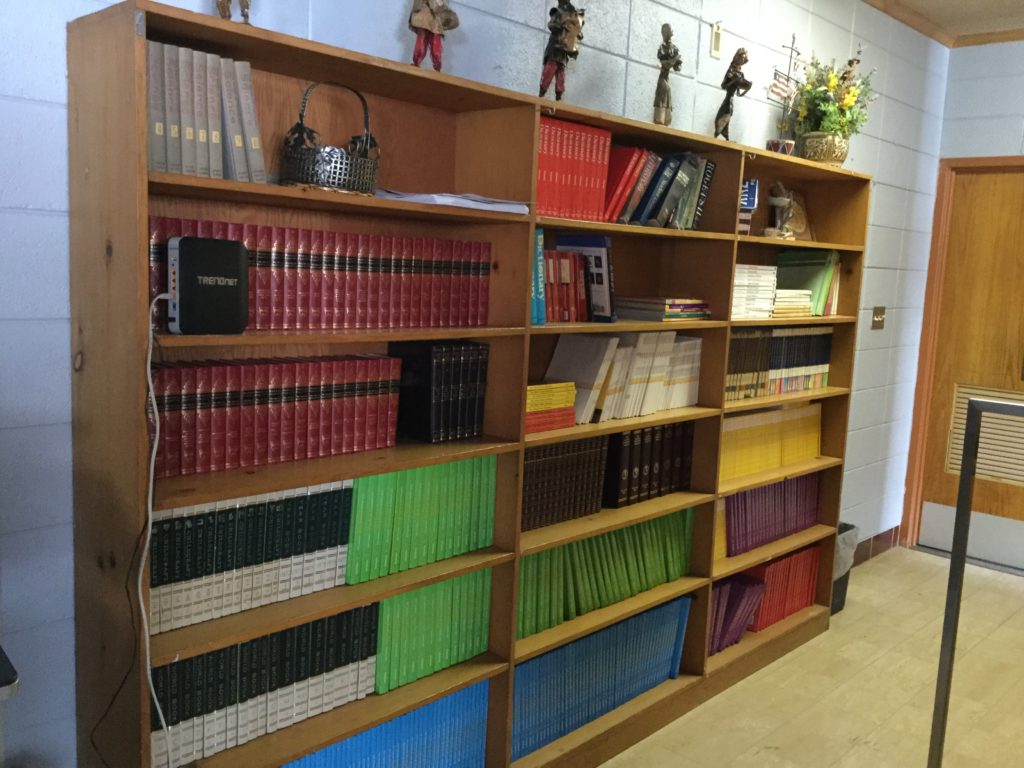
The community house is especially involved within the community. Organizing fundraising events and enlisting local business contributions.
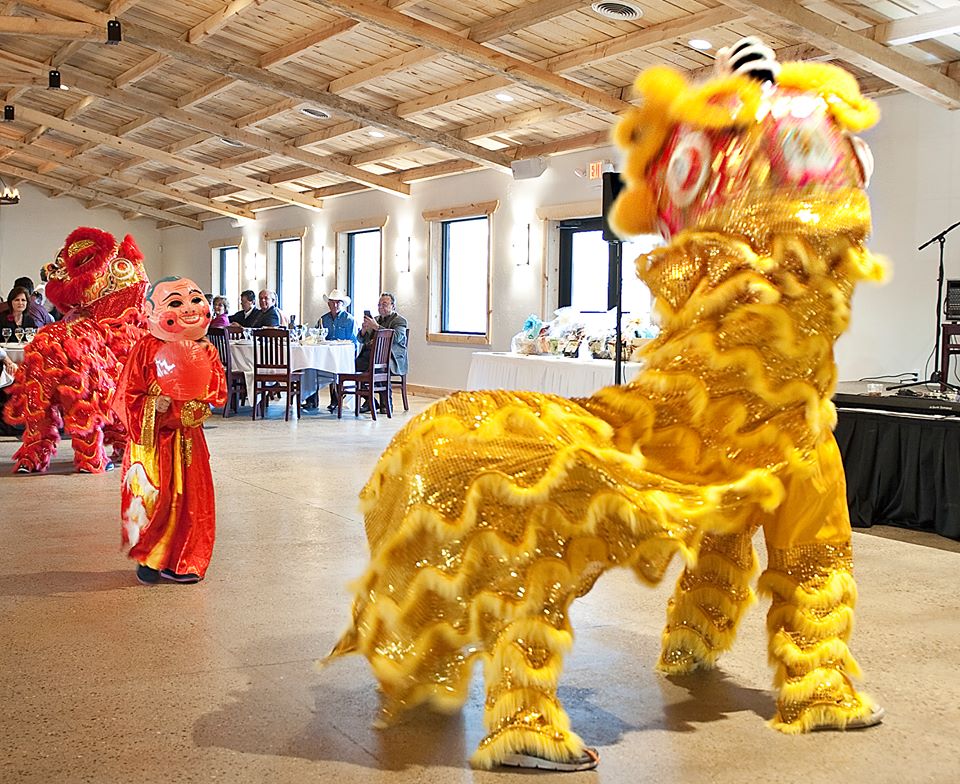
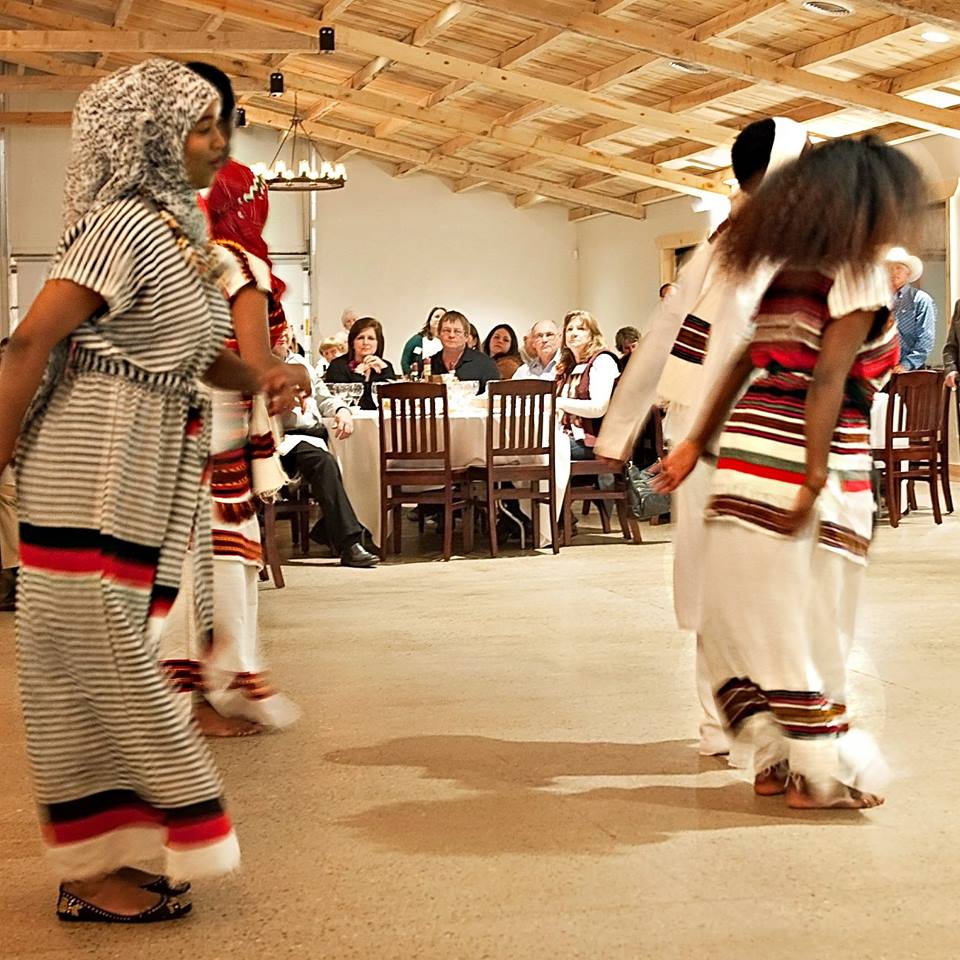
Plan your visit
When you visit their website (http://marytreglia.org) you’ll find out they are involved in many more activities, programs and services. You can also donate directly to the house, or contribute to fundraising events. I’m excited to eventually volunteer, and become more active with our culturally diverse community. I might even get to enjoy some awesome ethnic food!
If you want to learn more about Mary Treglia, her involvement in Siouxland and the community house she envisioned and created, make a visit to the Betty Strong Encounter Center. There is an entire exhibit describing the history of “East Bottoms” and its residents.
Call or visit:
712-258-5137
900 Jennings St
Sioux City, IA 51105
Mon-Wed: 9:00 a.m. to 4 p.m.
Thur-Fri: 9:00 a.m. to 3 p.m.
Sat-Sun: Closed
